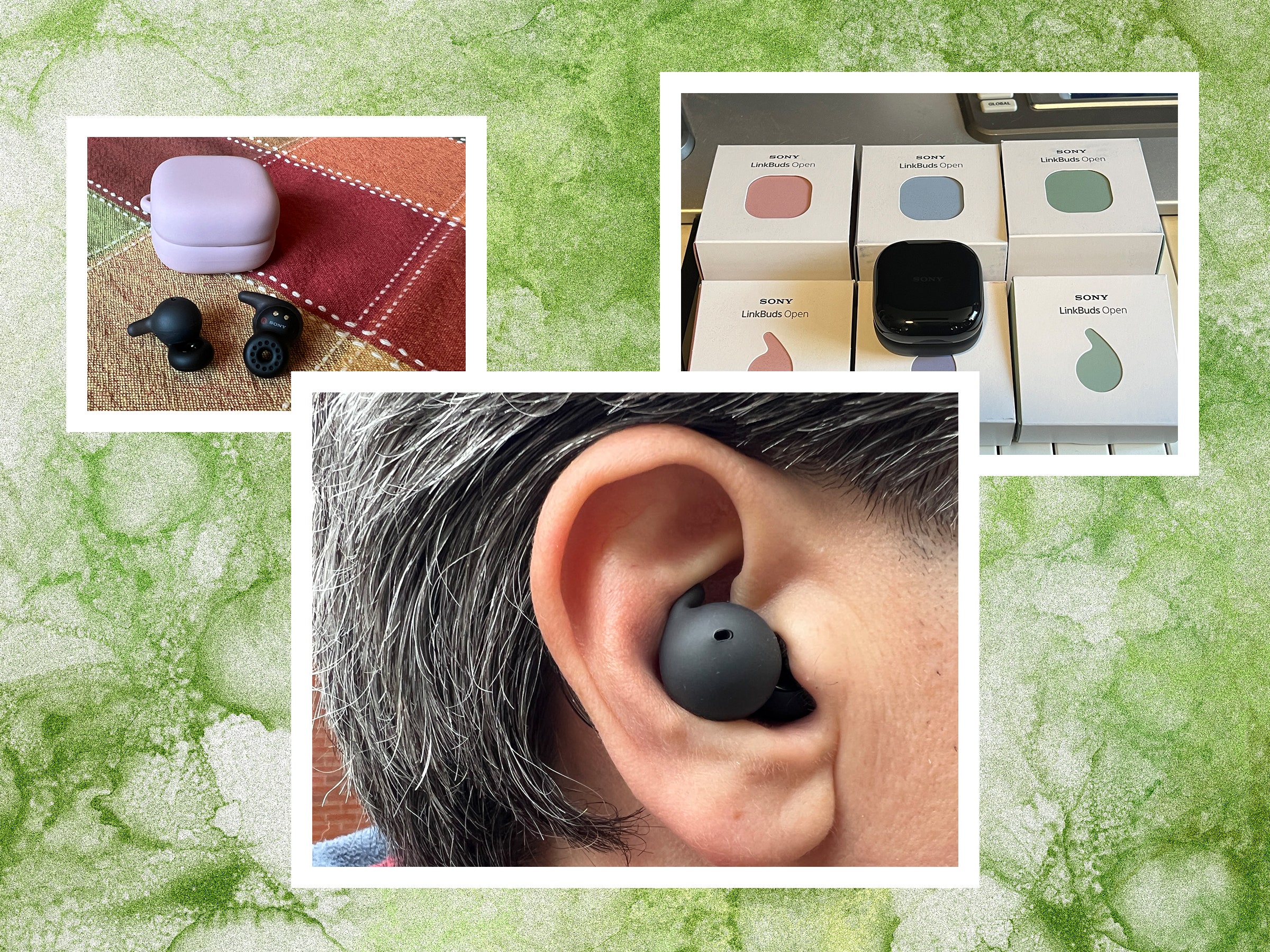Have you ever wondered what Superman might see when gazing upon a Mexican bearded lizard with his X-ray vision? Well, you need wonder no more, thanks to a leviathan effort from an international team of natural historians, who have teamed together to make public a horde of X-ray scans and 3D models of some 13,000 animals — including the Mexican bearded lizard.
Museums across the globe play host to a staggering array of natural history specimens that stand as testament to the evolutionary diversity of life on Earth. The onset of the internet age has allowed museum curators to digitize parts of their collections, making them more accessible than ever to both the public, and the scientific community alike.
To bolster that effort, an international team of researchers from 18 institutions came together in 2017 to form the openVertebrate (oVert) project, which sought to X-ray scan thousands of deceased creatures from accross the tree of life in order to capture high fidelity data. Using this data, the researchers worked to create stunning 3D models of the specimens, which could be used to advance our scientific understanding, and allow the public a window into the incredible workings of the creatures that inhabit our planet alongside us.
We wanted to start the day with the delightful oVert wrap celebration video (volume up) ??? because it was a huge collaborative work to unlock museum collections for the world to explore:https://t.co/zgzGZXybvv#oVertTCN #EarWorm #FlyingTurtle
— Florida Museum (@FloridaMuseum) March 7, 2024
Now, a full six years after the project began, project oVert has been declared complete, with the group having released over 13,000 X-ray scans and models to everyone from scientists, artists, educators, and the general public alike.
“Museums are constantly engaged in a balancing act,” said principal investigator of the oVert project, and curator of herptology at the Florida Museum, David Blackburn. “You want to protect specimens, but you also want to have people use them. oVert is a way of reducing the wear and tear on samples while also increasing access, and it’s the next logical step in the mission of museum collections.”
In order to create the 3D representations, the researchers used an imaging technique called computed tomography (CT) scanning, which captured density data by capturing a slew of 2D X-ray images from a 360 degree path around a given subject. Using this technique, scientists are able to peer through an animal’s soft tissue to reveal its underlying bone structure, without the need for an invasive dissection. Select specimens were also given a solution that allowed for the visualisation of soft tissues including the skin, organs, and musculature.
The 13,000 species imaged to date have been drawn from a wide range of species that highlight the diversity of life on Earth, spanning reptiles, to fish and even mammals. A curated sample of the oVert 3D models can be browsed on the Florida Museum’s website, and Sketchfab page, while the full catalogue can be accessed via the MorphoSource website.
Numerous scientific papers have already been authored based on the oVert scans, which allow multiple teams to pore over the data from precious examples of biological evolution at the same time, with zero risk of damaging the specimen in any way. For a taste of what’s on offer, why not check out the bizarre oVert 3D model of the Brazilian electric ray, or take a look at the eerily elegant bone structure of the cave angelfish.
Anthony is a freelance contributor covering science and video gaming news for IGN. He has over eight years experience of covering breaking developments in multiple scientific fields and absolutely no time for your shenanigans. Follow him on Twitter @BeardConGamer
Image credit: oVert, Florida Museum






